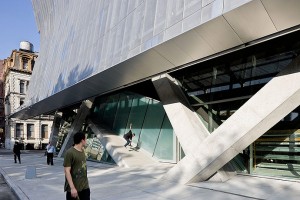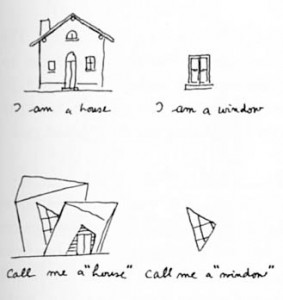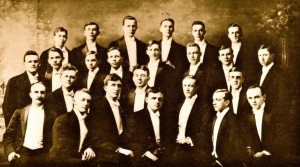VALUE ADDED
The standing of a profession is a measurable calculus, a function of what it brings to the table. Doctors heal, lawyers navigate the complexity of the law, accountants do the same for the tax system, engineers solve problems, whether it is going to the moon or shrinking the size of a computer. What do architects do? Design buildings, of course. A key privilege of a professional is being granted a monopoly in his field. But, as Garry Stevens writes in his 1998 sociological study of architecture, The Favored Circle, “since the products of architects and non-architects are functionally indistinguishable,




